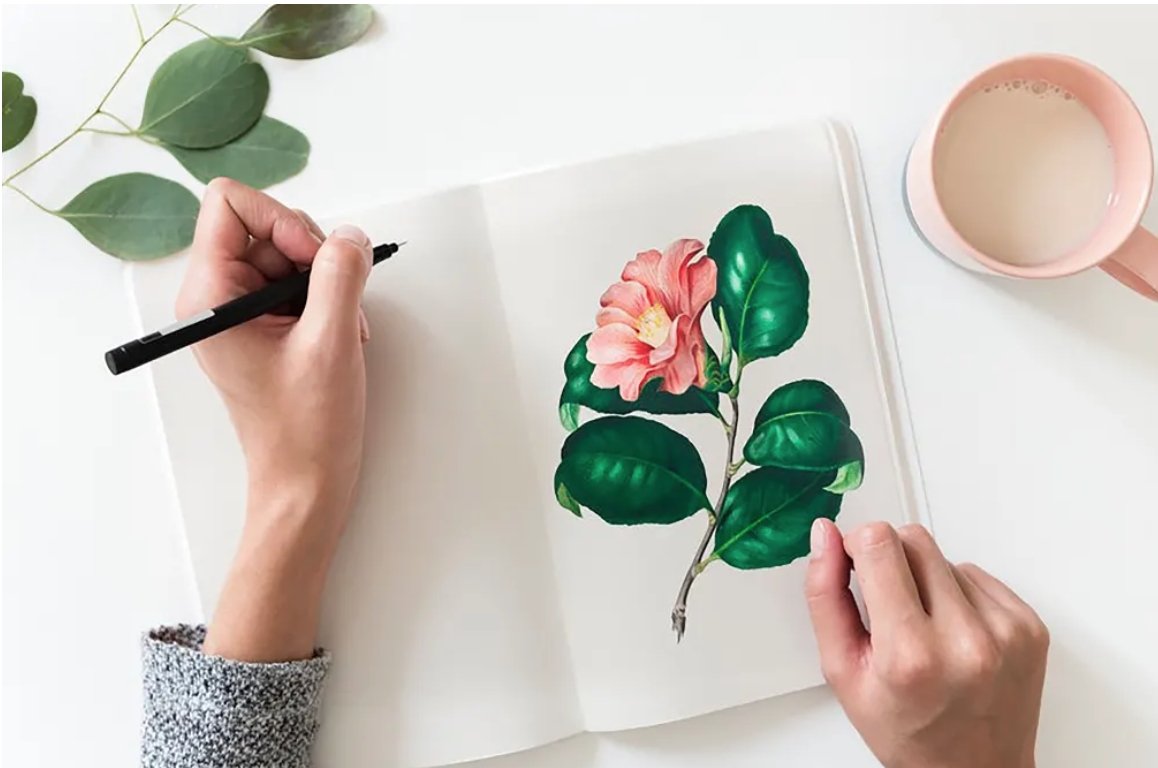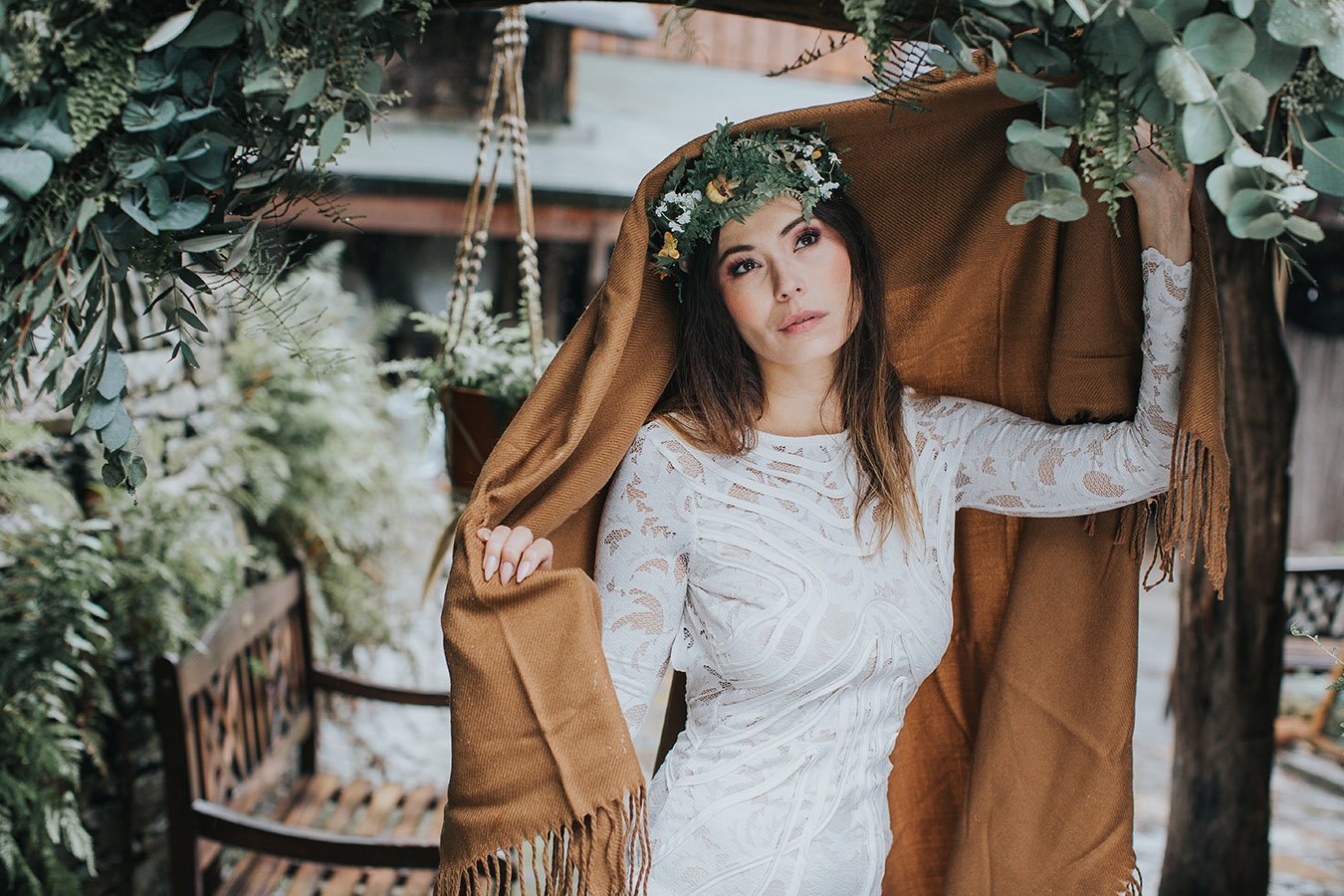
The language of flowers
Our name is made up of Fleur and Coeur, derived from French and translated into flowers and the heart. In our floral wreaths Of course, flowers should not be missing. Inspiration for many of our ornaments we also take from the world of plants, especially flowers. We love flowers because of their appearance, their scent. We like to give them away, collect them in a vase as decoration in our home or wear them in the form of hair accessories on the head. Flowers that you have picked yourself also have a special value. But what else is there to learn about flowers?
Flora and fauna
In the world of flora and fauna, the interaction of both is required in order to maintain the biological order of our nature. A biological benefit is therefore seen behind the aesthetics. The color and scent of flowers is said to attract insects. The color vision of animals is often limited, the situation is different with the color yellow. Pollinators can identify these particularly well, which is why yellow dominates in flowers. It is similar with the flower scents, which usually contain attractants.
Speak through flowers
It is literally said that the flower speaks. In the western world there is the Victorian language of flowers (Selamlik), in Japan this is called Hanakotoba.
Today it is still an important part of Japanese culture - flowers are traditionally given to both women and men. The cherry blossom has become a national symbol. In Ikebana, the Japanese art of arranging flowers, the meaning of the individual flowers plays a special role. Because the designer should show his feelings at the time of arranging and his relationship to nature. With Hanakotoba, feelings can also be communicated without words, even if it is not quite as common in Japan today as it was in the last few centuries. Nevertheless, it still plays an important role in art and the choice of clothing.
We have put together a small collection of the different meanings of flowers for you. We inspected both the Victorian and the Japanese language of flowers.
Selamlik
In the Victorian language of flowers, Selamlik, there are still a few criteria that can be significant: the color and even the posture of the flower. If the flowers are held downwards, the actual meaning of the flower is reversed. The colors are a group of their own, regardless of the type of flower. For example, white tulips, carnations or lilies stand for purity, honesty, hope, innocence, bliss and celebration.
We took a closer look at the meaning of two very popular types of flowers.
roses: Roses are a classic, red roses in particular are probably best known for their symbolism: love, passion and romance. And it also depends on the number of roses. One rose is love at first sight, two means mutual love and three means "I love you".
Orchids: Hardly any other flower stands for elegance and luxury like the orchid. Since they are found both in the tropics and on the border to the polar ice caps, they are considered to be particularly intelligent and adaptable.
Hanakotoba
In Hanakotoba, a flower can say something about the intention of the one giving the flower or something about the character of the person receiving the flowers.
Examples:
We hope we were able to increase your knowledge of the uniqueness of flowers a little and spark interest in our flower-inspired jewellery.




Leave a comment
This site is protected by hCaptcha and the hCaptcha Privacy Policy and Terms of Service apply.